John Hurrell – 31 March, 2016
Unusually evocative, Le Lievre's paintings excite the imagination in a way that is not fashionable in much contemporary painting practice, possibly because her methodology can be seen as related to the glazing of ceramics. It is interesting that in Natasha Conland's recent 'Necessary Distraction' survey, most of the works involved brush application of paint, and none of the artists - except perhaps Oliver Perkins - poured it.
Known for her moody abstractions of organic ‘slabs’ of glossy, multi-layered thin dark colour, Marie Le Lievre - a Christchurch -based painter - here presents six large works where poured-on forms advance towards the stretcher centre from the peripheral outer edges, and four small canvases, where several fully enclosed forms overlap and hover around the middle, using nervous background pencilled loops as a kind of tentative scaffolding.
Le Lievre‘s painting is distinctive for its thin, streaky, agitated oil glazes, the beckoning depth assisted by lots of glossy varnish, and her poured on glaze’s featherlike overlapping edges bleeding profusely to form waving seaweed or rustling tilted fir trees. Alluding to nature and voids of infinite darkness, they (through such textures) hint at a romantic Northern European sensibility.
In the bigger works, under the layers of pale blue, brown or ochre that provide a mostly hidden bed for the churned up, very dark hues placed on top (they resemble the spines of cross sectioned books on a library shelf), one can detect fanning out intricate scribbles of intricately coloured graphite squirting out from under the shape edges.
However the small square paintings are very different. Their coloured forms are less densely packed and more spread out. Their shapes ‘breathe’ so that the sandwiched between tremulous grey pencil lines and almost colourless glazes are much more obvious. They are far more overtly complicated, lacking the decisive compositional drama of the big paintings where the negative spaces around the stretcher edges are really crucial.
Unusually evocative, Le Lievre’s paintings excite the imagination in a way that is not fashionable in much contemporary painting practice, possibly because it (her methodology) can be seen as related to the glazing of ceramics. It is interesting that in Natasha Conland’s recent (in my view very conservative) Necessary Distraction survey, most of the works involved brush application of paint, and none of the artists - except perhaps Oliver Perkins - poured it. Overall it emphasised a particular sort of manuality.
This show has a different sort of focus, and different sets of skills. Unabashedly pleasurable in its exploitation of layered thin colour, smudged graphite markings and glaze-based textures, and mixed with an interest in the dark Sublime - and like some of the work in Necessary Distraction - Le Lievre‘s presentation encourages you to mentally drift. A treat for those afflicted with wandering minds.
John Hurrell
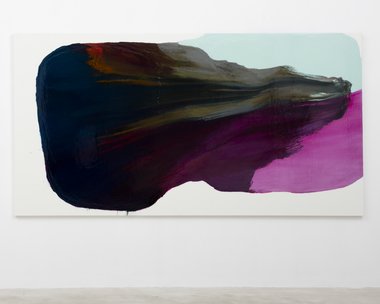
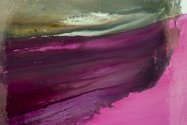
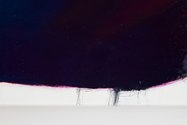

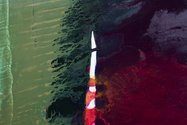

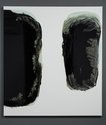
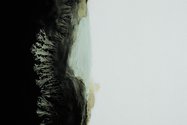
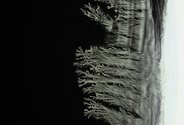

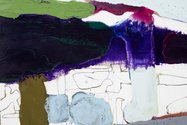
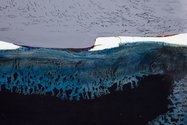
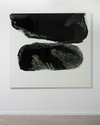
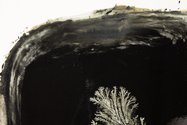
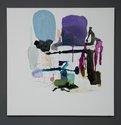
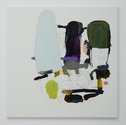

 Advertising in this column
Advertising in this column Two Rooms presents a program of residencies and projects
Two Rooms presents a program of residencies and projects



This Discussion has 0 comments.
Comment
Participate
Register to Participate.
Sign in
Sign in to an existing account.